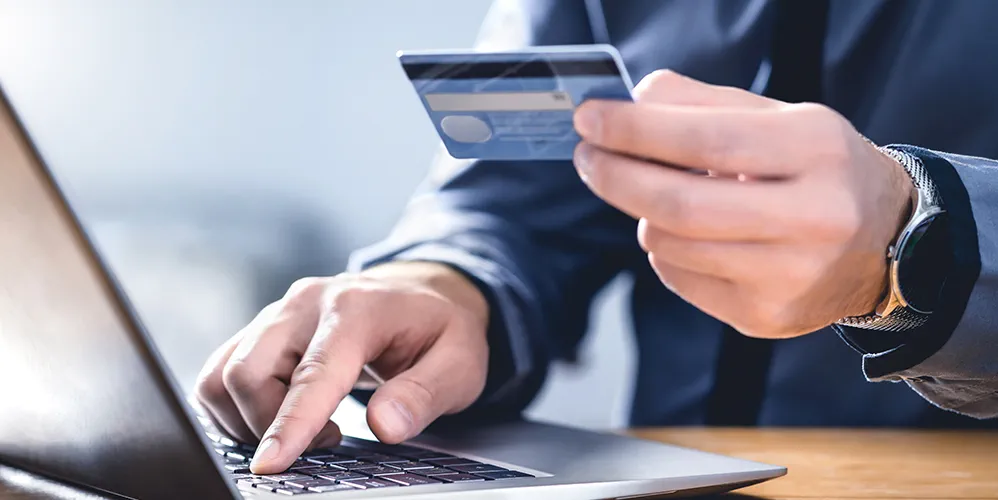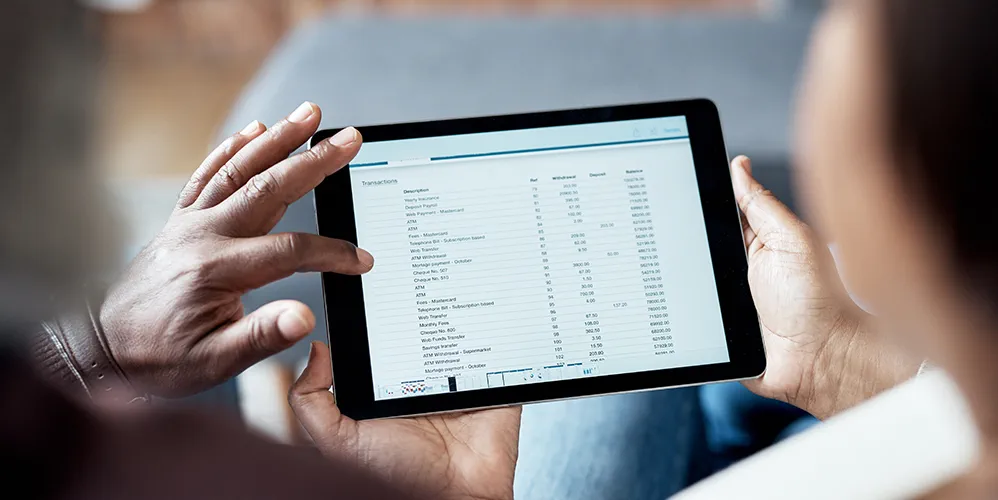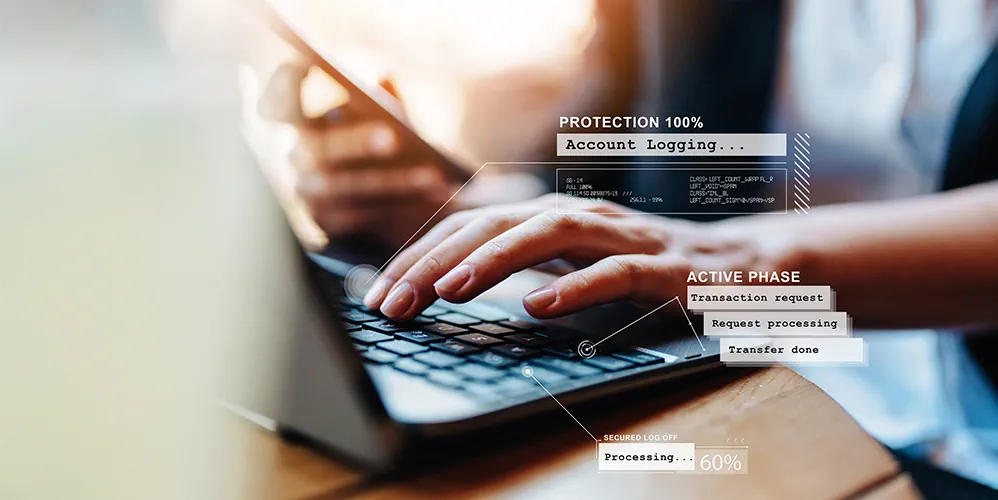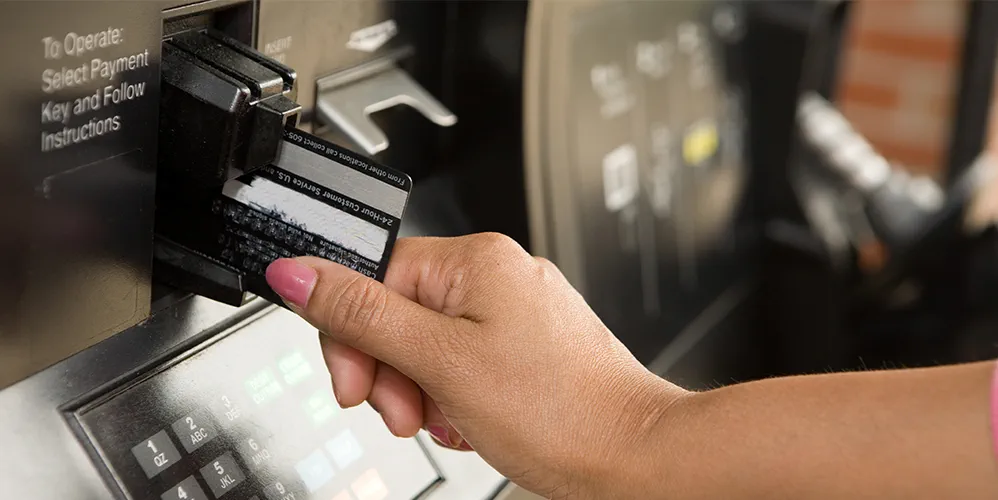
Types of Digital Banking
15 Dec 2022

Table of Content
Different types of digital banking systems in India have not only touched the urban elite but are also permeating the rural sector. Digital banking is categorised by different types of digital payments. These modes of digital payment use electronic means replacing cash and cheque. Let us discuss this in detail.
Types of Digital Banking Payments
UPI (Unified Payment Interface)
Among the popular types of digital payments, the most popular is UPI. This allows money transfer from your bank account using a single window directly to the vendor from your mobile. The payee's virtual address with consent for mobile payment needs to be entered for this mode of digital payment. Several bank accounts can be linked with one app.
Internet Banking
Internet banking or net banking is among the oldest types of digital banking. You can manage your bank accounts virtually if you have an internet connection. Customers can visit the bank portal and enter login details (password and username) and register. The bank takes layers of security measures into account, ensuring caution during payment and transactions.
Mobile Banking
Another popular type of digital banking is mobile banking. Account holders download the bank application on their mobile. All bank services like balance enquiries, payments etc. can be accessed from smartphones.
Banking Cards
Banking cards are essential for all types of digital payments. Cards are based on their issuance, usage, and modes of digital payment. Four types of banking cards are Debit, Credit, Prepaid and Electronic cards.
- Debit cards issued by the bank are linked to the bank account, and cash can be withdrawn from the ATM, this banking card allows virtual payment for products and services bought through eCommerce or offline stores.
- Credit cards are issued by banks/ non-banks. These prepaid cards are used for buying products and services on credit.
- Bank Prepaid Cards are not linked to bank accounts and aid overdraft facilities. These cards need preloaded value addition and only the amount added can be spent.
- Virtual Debit Card are electronic cards that work like debit cards are used for online ecommerce transactions.
Mobile Wallets
Mobile wallets are the digital version of a wallet that enables the user to make different types of digital payments online. Digital wallet stores money added by the user linked to their bank account. Safe amongst all digital payment methods, this can be used for all transactions through an app installed on the smartphone and an internet connection.
Bharat Interface For Money
Bharat Interface for Money (BHIM) app enables simple payment transactions amongst other modes of digital payment. With the Unified Payments Interface (UPI) you can make direct and instant bank to bank payments and collect money using your mobile number and address. You can make direct bank payments to anyone on UPI using their UPI ID or scanning their QR with the BHIM app. You can also request money through the app from a UPI ID.
POINT of SALE (PoS)
This is an internet linked electronic swipe machine through which a Merchant Establishment (ME) performs a retail transaction by swiping customer debit and credit card. The merchant calculates the amount owed by the customer. After receiving the amount, the merchant may issue a printed receipt or send an electronic receipt to the customer.
Final Thoughts
Different types of digital payments consolidate the dreams of digital India. Promoting more digital transactions through bank accounts, the government is paving the way for a 'Faceless, Paperless, Cashless' economy. Enabling ease of payment with a greater inclusion that touches even the small-time shop owner in a village, the digitally empowered economy will add to more financial independence.
Popular Articles
Tag Clouds
Related Articles










-
Disclaimer
The contents of this article/infographic/picture/video are meant solely for information purposes and do not necessarily reflect the views of Bank of Baroda. The contents are generic in nature and for informational purposes only. It is not a substitute for specific advice in your own circumstances. Bank of Baroda and/ or its Affiliates and its subsidiaries make no representation as to the accuracy; completeness or reliability of any information contained herein or otherwise provided and hereby disclaim any liability with regard to the same. The information is subject to updation, completion, revision, verification and amendment and the same may change materially. The information is not intended for distribution or use by any person in any jurisdiction where such distribution or use would be contrary to law or regulation or would subject Bank of Baroda or its affiliates to any licensing or registration requirements. Bank of Baroda shall not be responsible for any direct/indirect loss or liability incurred by the reader for taking any financial decisions based on the contents and information mentioned. Please consult your financial advisor before making any financial decision.
Future of Digital Banking in India
Covid- 19 has successfully established a new dimension to the future of digital banking in India. India saw a meteoric rise in digital adoption in that period. The emergence of new digital participation from other financial entities aided transition at the micro level. A global survey by Mastercard reveals Indians as the most willing in the Asia Pacific to embrace emerging digital payment methods. Boston Consulting Group's (BCG) research report further points out that digital growth in India attributes to a 'surplus of capital, maturing infrastructure and favourable underlying customer demographics.' Indian banking is setting an example as a 'model banking of the future,' paving way for successful UPI payments, and QR codes. This approach should be adopted for lending and data management too.
What is WhatsApp Banking - A Complete Guide
Banks are trying to win tech-savvy customers with a digital-first experience. WhatsApp banking is another addition to this convenience package of digital banking. As Avi Lousky, VP of Product Management, at Lightico points out, "When bankers can take customers through a single, seamless journey, everyone wins”. Making customers' banking journeys comfortable with personalised and contextual customer experience, WhatsApp banking creates closer interactions with customers.
